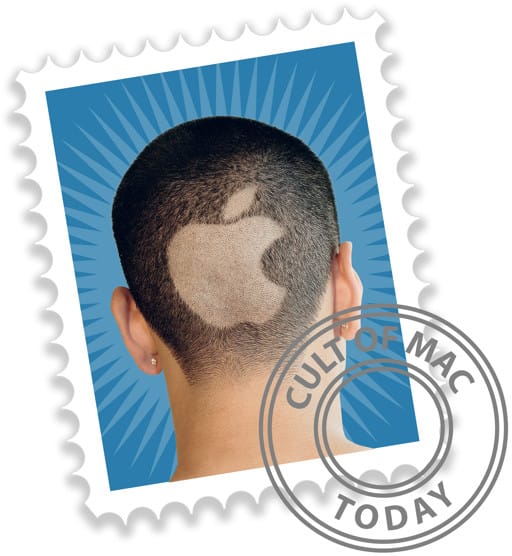Apple developed its groundbreaking Hearing Health experience for AirPods Pro 2 in its state-of-the-art Audio Lab in Cupertino. The innovative features, available in a free software update, turn AirPods Pro 2 into hearing aids and offer advanced tools for testing and protecting the hearing of people who wear the earbuds.
As one Apple engineer put it, with the new Hearing Health features, AirPods Pro 2 become “truly the interface to the ear.”
Inside Apple Audio Lab: Pioneering accessible hearing health technology
Apple’s new Hearing Health features could make a big difference for many people around the world. The World Health Organization says approximately 1.5 billion people worldwide live with hearing loss.
The new Hearing Health features developed in the Apple Audio Lab, work with iOS 18.1 and iPadOS 18.1. They include three main components: Hearing Protection to minimize exposure to loud environmental noise, an at-home Hearing Test similar to what you take in a doctor’s office, and a clinical-grade Hearing Aid function designed for mild to moderate hearing loss.
“Every person’s hearing is different, so we created an innovative, end-to-end hearing health experience that’s both simple to use and adaptable to a wide range of needs,” explained Dr. Sumbul Desai, Apple’s vice president of Health. “With the Hearing Aid feature, we wanted to build something so intuitive, it felt like an extension of your senses.”
Longwave anechoic chamber and Fantasia Lab inside Apple Audio Lab

Photo: Apple
The development process utilized several specialized facilities within Apple’s Audio Lab. The longwave anechoic chamber, built on a separate spring-mounted foundation, allows for precise sound measurements without external interference. This unique space features a custom-built loudspeaker and microphone arc to measure how sound interacts with the human body.
Another key facility, the Fantasia Lab, employs 50 loudspeakers arranged spherically to simulate hundreds of real-world sound environments, from shopping malls to busy streets. This setup proved crucial for testing and refining the AirPods Pro’s new Hearing Aid feature, with study participants from diverse demographics participating in speech-in-noise tests.

Photo: Apple
The lab also houses three clinical-grade audiometric booths, where engineers collaborated with audiologists to conduct thousands of hearing tests before moving to clinical validation studies. The design team focused on creating an intuitive user experience, particularly for the Hearing Test feature, making it more accessible than traditional clinical hearing assessments.
“Within our health features, we focus on clarity and meeting users where they’re at,” said Heather Daniel from Apple’s Design Studio. “We understood that for many people, this might be their very first time taking a hearing test, so we had to make it as seamless as possible.”
Collaboration across Apple teams to make ‘the interface to the ear’

Photo: Apple
The project required extensive collaboration across multiple Apple teams, including software and hardware engineering, design, health, accessibility, clinical operations, regulatory and human factors engineering.
“Your ears are natural amplifiers, each uniquely shaped and often slightly asymmetric. When sound reaches one ear first before the other, it creates a time difference in how we perceive sound,” said Kuba Mazur, Apple’s hearing health lead engineer, emphasizing the undertaking’s complexity. “This is important for us to understand so we can build experiences that accurately represent the sounds in your environment.”

Photo: Apple
The new hearing health features represent Apple’s ongoing commitment to health technology innovation. The integration of these capabilities into AirPods Pro 2 demonstrates how everyday devices can be transformed into powerful health tools. And that can help make advanced hearing health technology more accessible to millions of users.
As Mazur concludes, “The fact that people can walk around wearing their AirPods, protect their hearing at concerts, and get insights on their hearing health using these features over time — AirPods are doing what each person wants or needs them to do. They’re truly the interface to the ear.”
You can watch a short video and read more on Apple’s website. And if you own AirPods Pro 2, you should download the free software update that enables the new features.


